SSDs have been steadily getting cheaper for a long time now, often to prices undreamed of a few years ago. This was due to a slump in PC demand, which left the NAND Flash memory market oversupplied. Beware, however, this price drop seems to have bottomed out and prices are expected to start going up from autumn, or at best stay flat. So the time fo any storage upgrades may be now as SSDs may get more expensive in the coming months. Read more “The days of SSDs getting cheaper are over. Prices are starting to rise”
Author: Jan Olšan
Nvidia Blackwell adds IPC instead of cores. Up to 70% faster?
The waiting for the next generation of Nvidia graphics cards will probably take a bit longer this time around, as Nvidia plans them for 2025 instead of fall 2024 according to the official roadmap. Still, information is starting to emerge about these upcoming GPUs that will bring the Blackwell architecture to both compute and gaming segment. And there are even first projections estimating the performance uplift over current GeForce GPUs. Read more “Nvidia Blackwell adds IPC instead of cores. Up to 70% faster?”
AMD Zen 6 requiring new socket? Server roadmap may suggest so
Last week, a roadmap (or rather a cutout of it) apparently coming from one of the manufacturers of servers and similar hardware that was showing the planned products of the major players – Intel, AMD and Nvidia – was made public on the internet by leaker YuuKi_AnS. It appears to be showing the plans for 2025 or 2026, so time still quite a bit far off and product generations following those that are to come to market now. Read more “AMD Zen 6 requiring new socket? Server roadmap may suggest so”
Intel Meteor Lake integrates LPDDR5X memory onto the CPU
When Apple released their first ARM processors for computers in 2020 (Apple Silicon M1), one of the distinguishing features was that the RAM was tightly integrated directly on the processor’s package (substrate), which was called “On-Package Memory”. This allowed for a reduction in power draw and was considered one of the sources of power efficiency for these CPUs. It looks like Intel’s CPUs will now start using the same concept. Read more “Intel Meteor Lake integrates LPDDR5X memory onto the CPU”
AMD Strix Point: 12 cores, 1024 RDNA 3.5 architecture shaders
The year 2024 is slowly approaching, in which Zen 5 based AMD Ryzen 8000 processors should come out. Now, a HWiNFO leak has hit the internet, apparently taken on a sample of such a processor, which slipped out from AMD or some board manufacturer, or that someone at those companies screencapped. Thanks to this we have a look at some of the specs of a Strix Point APU, i.e. the Ryzen 8050 for laptops with integrated RDNA 3.5 graphics. Read more “AMD Strix Point: 12 cores, 1024 RDNA 3.5 architecture shaders”
Realtek RTL8126 has stability issues, no 5.0Gb/s Ethernet this year
In June, Computex 2023 brought news of 5.0Gb/s Ethernet adapters coming soon to motherboards courtesy of Realtek-developed RTL8126 low-cost NIC chip. It would follow in the footsteps of the previous RTL8125, which enabled mass adoption of 2.5Gb/s Ethernet networking on motherboards. Unfortunately, it looks like the advent of 5,0Gb/s networking will be delayed as the RTL8126 suffers from flaws and the rollout was cancelled. Read more “Realtek RTL8126 has stability issues, no 5.0Gb/s Ethernet this year”
AMD launches FSR 3. Open source-frame generation for all GPUs
Last week at Gamescom, AMD added two new SKUs to its Radeon RX 7000 graphics card line-up, the RX 7700 XT and RX 7800 XT. But there were also other, more software-side news – the upcoming FSR 3 or FidelityFX Super Resolution 3 technology, featuring the so-called Fluid Motion Frames. It is an open-source alternative to Nvidia’s DLSS 3 technology that will work on a broad portfolio of GPUs, including older generations. Read more “AMD launches FSR 3. Open source-frame generation for all GPUs”
Nvidia unveils DLSS 3.5: Better ray tracing not only for RTX 4000
Nvidia has now announced a new iteration of its DLSS AI upscaling technology, following on from the third generation or DLSS 3 from last year. However, the new DLSS 3.5 is somewhat confusingly named, as it is to some extent more of a continuation of DLSS 2.x – this improvement will not depend on DLSS 3 (also referred to as Frame Generation). That means it works on older GeForce RTX 2000 and RTX 3000 generation graphics cards. Read more “Nvidia unveils DLSS 3.5: Better ray tracing not only for RTX 4000”
Threadripper Pro 7995WX: 96 cores, 5.15 GHz, record performance
AMD’s Zen 4 processors achieved performance leadership in servers with the 96-core Epyc 9004 “Genoa” (and the 128-core cloud version “Bergamo”). Now this technology is branching into high-end desktop and workstations. The release of Ryzen Threadripper processors with Zen 4 architecture is probably closing in, as a production sample has leaked in the Geekbench benchmark – and it’s the highest SKU that will lead the whole line-up. Read more “Threadripper Pro 7995WX: 96 cores, 5.15 GHz, record performance”
Pentium is gone, but dual-cores live on: “Intel 300” is coming
Last year, Intel announced the end of the once famous Celeron and Pentium brands that have since been relegated to the bottoms of lowend, with cheapest CPU lines no longer bearing any special name. Such E-Core-only “Intel Processors” have appeared in laptops, but desktop has note yet caught up with the rebranding – until now. Desktop “Intel processor” SKUs will however be based on the big cores. You’ll still only get dual-core, though. Read more “Pentium is gone, but dual-cores live on: “Intel 300” is coming”
New Silicon Motion controller will make PCIe 5.0 SSDs low-power
PCIe Gen5 SSDs have so far been the domain of Phison, whose E26 controller has a pretty high power draw, and there are reports of throttling or even system crashes due to overheating of these SSDs. Silicon Motion controllers will quite possibly solve this, as their power draw is supposed to be significantly lower. It turns out then not just the lower-tier ones, but even the high-performance SM2508 design will be quite efficient. Read more “New Silicon Motion controller will make PCIe 5.0 SSDs low-power”
Intel’s 4nm process: Meteor Lake processors will reach 5.1+ GHz
Not long ago, we wrote here about the clock speeds expected from Intel’s first 4nm processors, the mobile Meteor Lake. There were widespread concerns that this new technology would again suffer from clock speed regression, as seen with Intel’s early 10nm process. Recently, however, things are starting to look positive, and so Meteor Lake could end up doing very well, with these processors running above the 5.0 GHz threshold. Read more “Intel’s 4nm process: Meteor Lake processors will reach 5.1+ GHz”
Radeon RX 7800 XT confirmed. PowerColor leaked all the info
Just after the rumors that a low-cost gaming Radeon RX 7500 could be coming out, it turns out that AMD is probably going to launch a more powerful model before that – the Radeon RX 7800 XT, which will rank below the also new OEM-only RX 7900 GRE. PowerColor basically went and revealed more or less everything about the 7800 XT graphics card that is going to use the Navi 32 GPU so now it’s just a question of when it will hit the market. Read more “Radeon RX 7800 XT confirmed. PowerColor leaked all the info”
More (V)RAM: Micron plans bigger GDDR7 and DDR5 chips
With the GeForce RTX 4060 Ti 16GB, there has been discussion that most GPUs won’t get double memory capacity until larger chips come to market. But that seems to be happening. Micron’s roadmap how shows higher capacity DRAM chips. These will be larger DDR5 chips, which will enable 256GB RAM sizes in a regular PC. But there are also plans for larger GDDR7 chips, which will allow memory capacity on graphics cards to be raised. Read more “More (V)RAM: Micron plans bigger GDDR7 and DDR5 chips”
AVX10 seeks to replace AVX-512, will work on big.LITTLE CPUs
Yesterday we reported that x86 processors – at least those from Intel – will get Advanced Performance Extensions (APX), a major change in the programming of these CPUs. But Intel is also planning big changes to SIMD instructions with AVX10 technology, which will unify vector extensions whose subsets are now a mess, and should also address the problem of big.LITTLE processors. But this may in turn kill the true 512-bit SIMD capability of AVX-512. Read more “AVX10 seeks to replace AVX-512, will work on big.LITTLE CPUs”





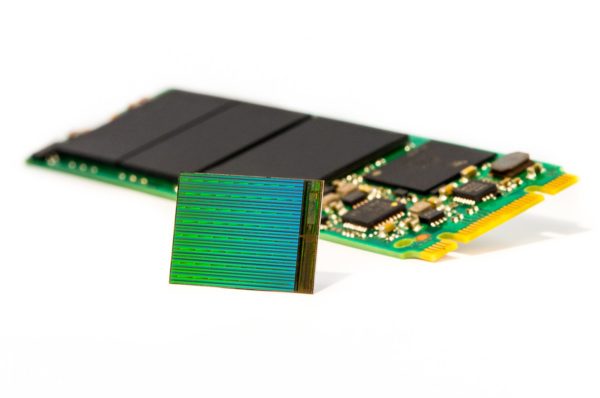
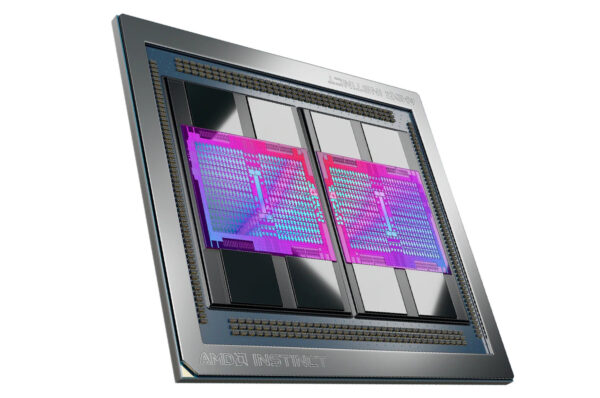
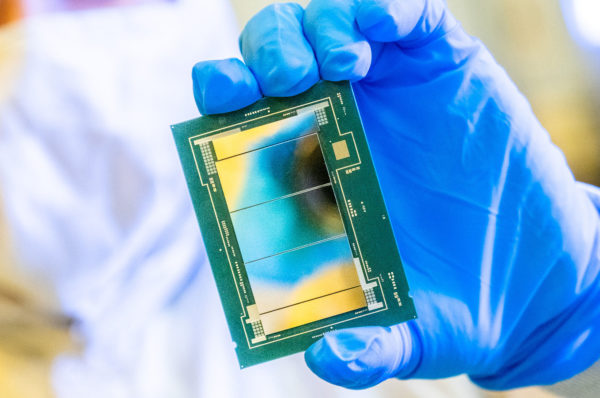
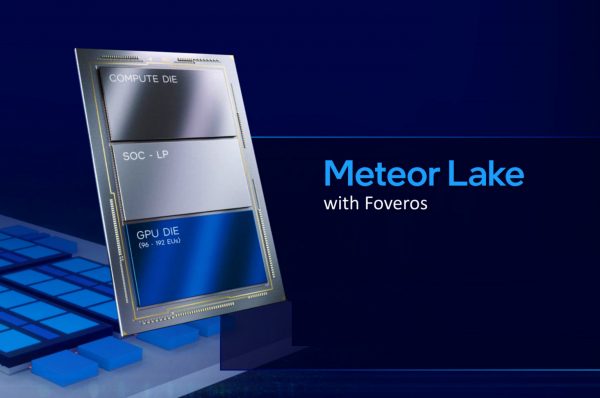
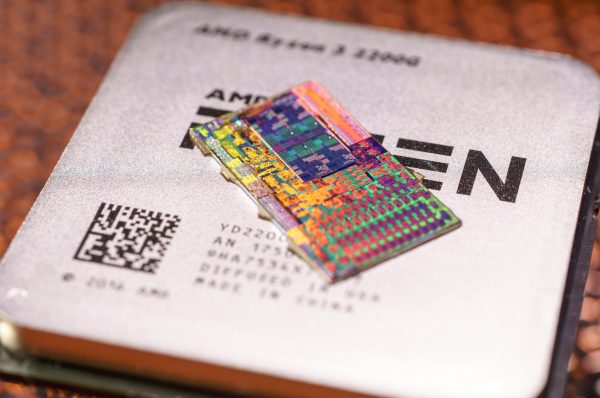
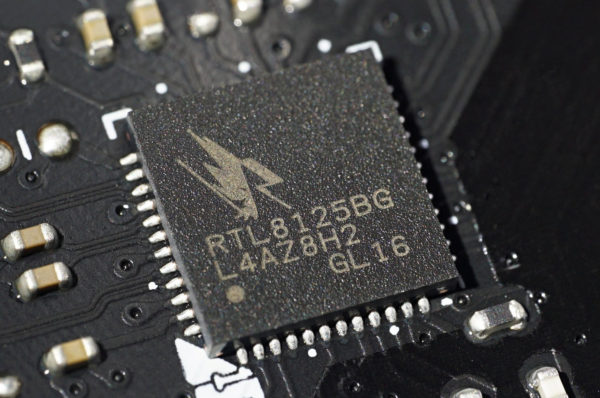
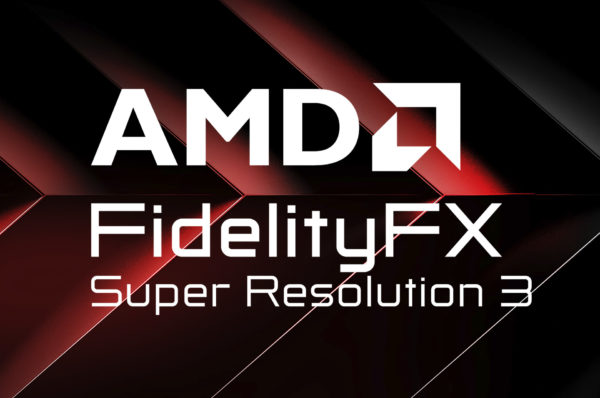
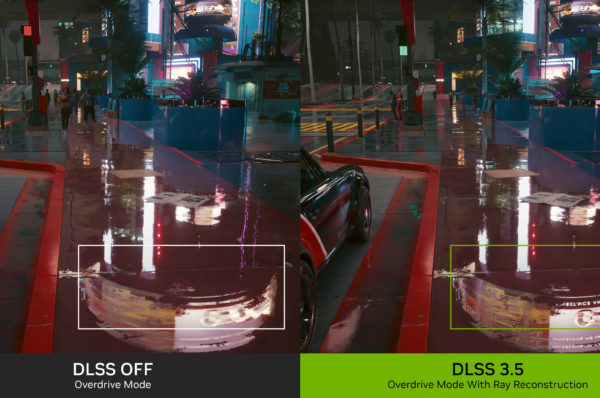
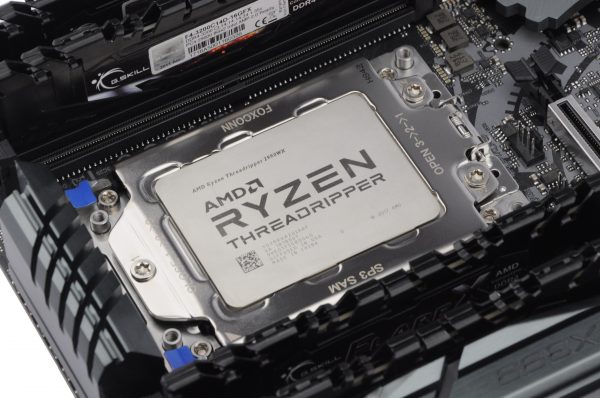
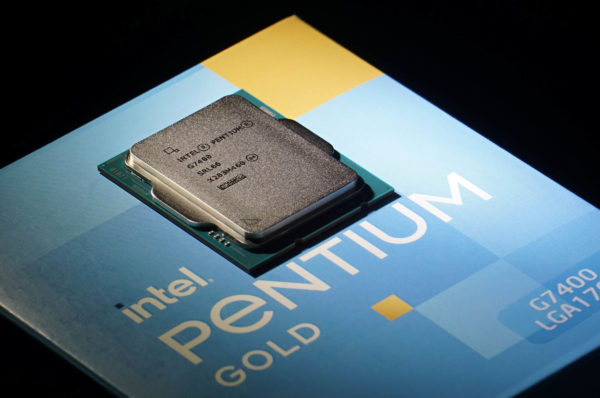
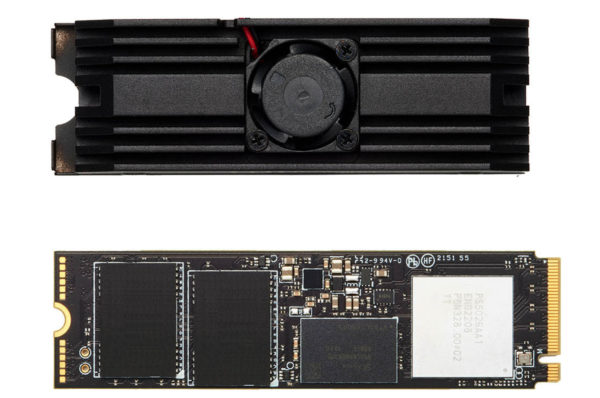
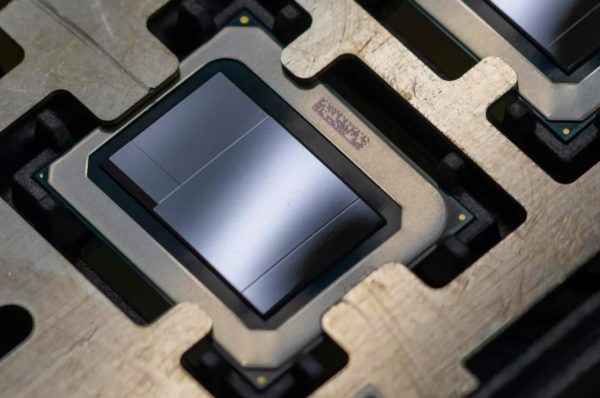
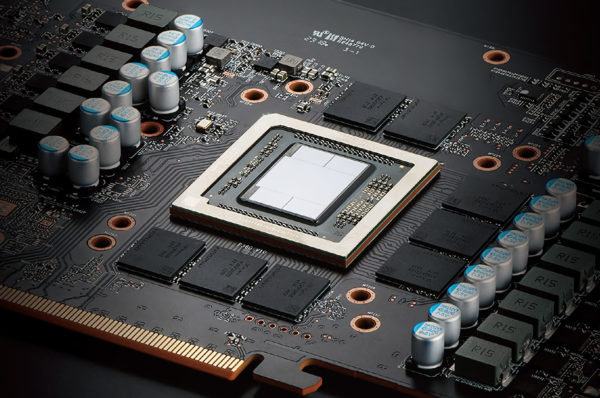
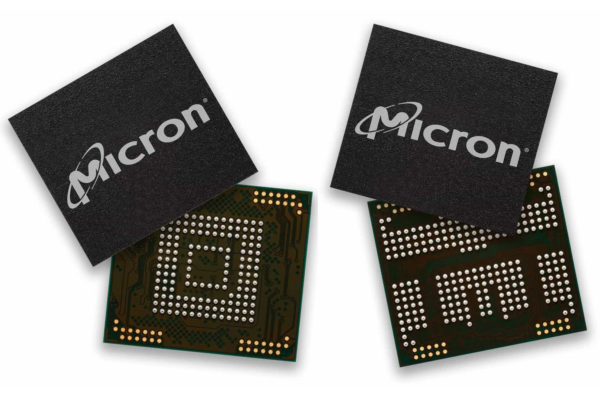
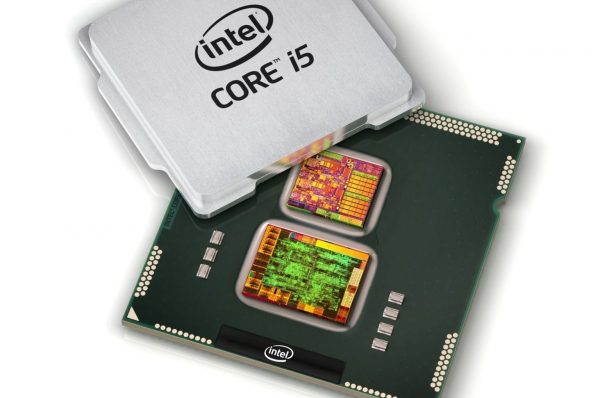



Latest comments